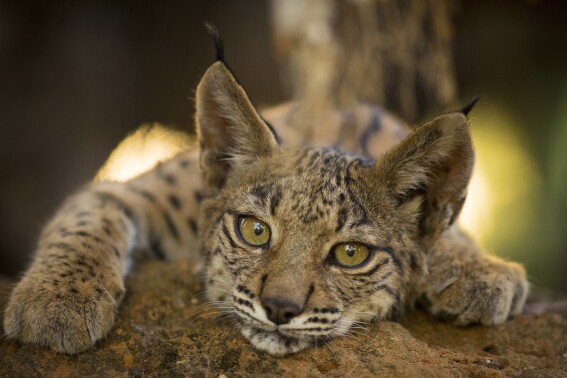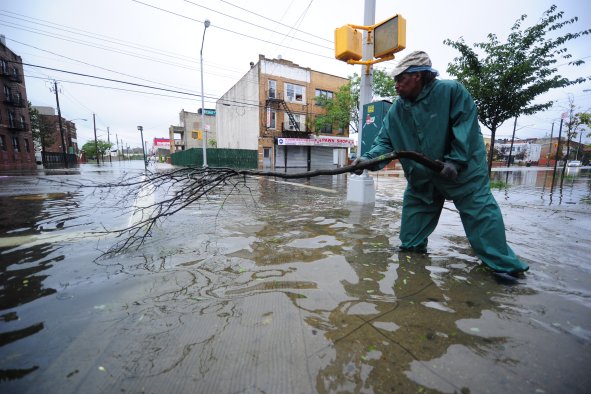Scientists may soon be using "intelligent onesies" to identify autism, ADHD and other neurodivergent conditions in babies by analyzing their movements.
As part of an ongoing study, researchers from the University of Sussex, England, are using outfits equipped with motion sensors, alongside video footage, to monitor the movements of infants from birth to 18 months of age.
By comparing specific motions such as wriggling, sitting and crawling with babies' social and communication skills over their first 18 months of development, researchers hope to identify key motor behaviors that predict symptoms of neurodivergent conditions.
Gillian Forrester, lead author and professor of comparative cognition at the University of Sussex, told Newsweek that the study's ultimate aim is to determine what features of early movements might be associated with a later diagnosis of autism.
"This could lead to much earlier screening compared with our current diagnostic practices. Earlier screening, in turn, can lead to earlier and novel interventions," she said.
"I'm extremely excited about this new research because it gives us a better understanding of how moving our bodies in the first days of life informs our subsequent social and communication development."
The aptly named Baby Grow study aims to show how repetitive and less-varied movements in newborns are linked to conditions like autism and ADHD, while more complex and varied movements are associated with typical cognitive development.
"It is commonly known that from the first days of life, the way we move helps prepare our brains and bodies to navigate a complex physical and social world. However, the direct links between a baby's early movements and their social abilities later in life are not well understood," Forrester said in a statement.
"By collecting data on babies' earliest movements, we hope to provide clinicians, GPs and parents with the tools they need to identify early markers of neurodivergence in infants. Our hope is that this research will lead to earlier screening, diagnosis and interventions during infancy to support children and their families."
The research will be exhibited at this year's Royal Society Summer Science Exhibition, where attendees can play an interactive "Baby Boogie" game to test their own motor skills against those of a newborn infant.
The game demonstrates the difficulty of imitating the complex and variable movements associated with healthy cognitive development.
"The way we solve problems with our hands has a motion structure similar to how we put words together to create meaningful speech. But we often investigate ourselves in isolation from the rest of the animal kingdom," Forrester said.
"Our research explores how we became (and become) upright, walking, talking, tool-using great apes that we are today—through evolution and development, creating a bridge between us and the natural world."
Do you have a tip on a science story that Newsweek should be covering? Let us know via science@newsweek.com.
Disclaimer: The copyright of this article belongs to the original author. Reposting this article is solely for the purpose of information dissemination and does not constitute any investment advice. If there is any infringement, please contact us immediately. We will make corrections or deletions as necessary. Thank you.



